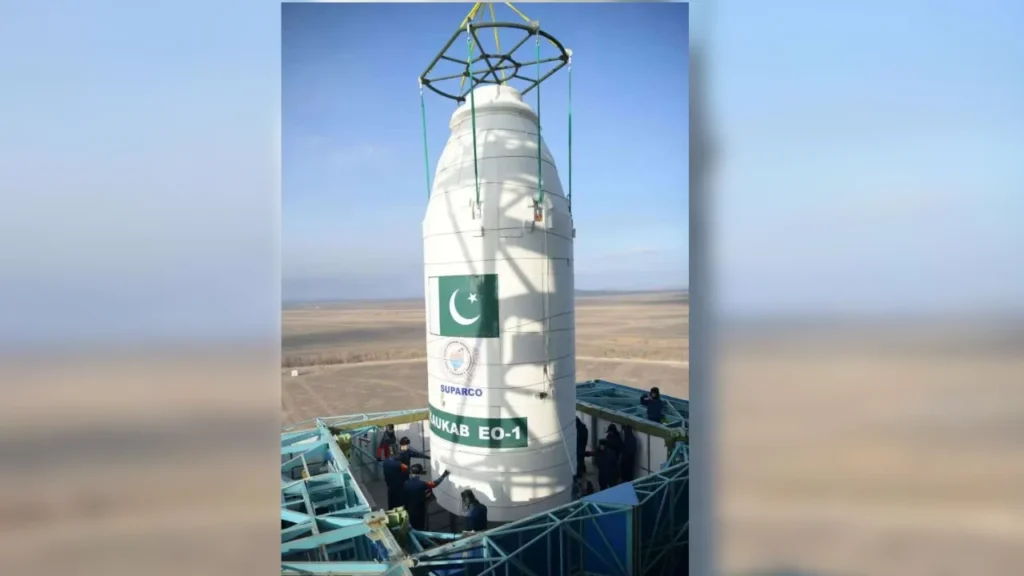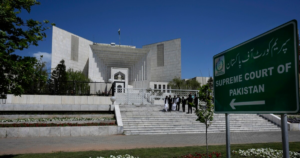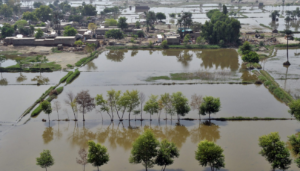
The Pakistan Space and Upper Atmosphere Research Commission (SUPARCO) launched the indigenous Electro-Optical (EO-1) satellite into space on Friday as the South Asian country expands its space exploration with the collaboration of China.
A Long March 2D carrier rocket carrying three satellites, including a Pakistani satellite named PRSC-EO1, blasts off from the Jiuquan Satellite Launch Center in Northwest China, on Friday, Xinhua reported.
The rocket also carried two other satellites, namely Tianlu-1 and Lantan-1.
“I congratulate SUPARCO on launching Pakistan’s indigenous electro-optical satellite today,” Deputy Prime Minister Ishaq Dar said in a social media post.
He described it as a “significant milestone” in the country’s space journey. Dar was hopeful that it would enhance Pakistan’s ability to monitor natural resources, and predict and respond to natural disasters. It is expected to support food security through “precision cropping” and drive economic growth through “informed decision-making.
“Launch of indigenously manufactured EO Satellite is a testament to SUPARCO’s expertise and the Government of Pakistan’s commitment to pursue space technology for peaceful purposes,” it said.
EO-1 equipped with a high-resolution camera: expert
“This is a historic milestone for Pakistan,” Zain Bukhari, an expert at the Pakistan Space and Upper Atmosphere Research Commission (SUPARCO), told Associated Press of Pakistan earlier this week.
“EO-1 is equipped with a high-resolution camera that will capture detailed images of Earth, offering multiple applications. It is the first satellite fully designed and manufactured locally by SUPARCO’s engineers, demonstrating the nation’s capability to achieve self-reliance in space technology.”
He went on to add that the satellite has undergone “rigorous testing” to ensure its operational readiness. “Friday’s launch is expected to be a proud moment for the entire nation,” he said.
Bukhari said that the satellites like EO-1 could provide crucial data in real-time during floods and earthquakes to assess damages.
The EO-1 satellite would enable precision farming by monitoring crops, assessing irrigation needs, predicting yields, and supporting food security initiatives, the state-run news agency reported.
For urban development, the satellite is expected to assist in tracking infrastructure growth, managing urban sprawl, and aiding city and regional planning efforts. In environmental monitoring and disaster management, it would provide timely updates on floods, landslides, earthquakes, deforestation, and land erosion.
It would also support extraction and conservation strategies for natural resources, including monitoring minerals, oil and gas fields, glacier recession, and water resources.
“EO-1 will aid in monitoring minerals, oil and gas fields, glacier recession, and water resources. It reflects Pakistan’s ability to achieve self-sufficiency in satellite manufacturing despite economic challenges,” another expert from SUPARCO Aisha Rabia said.






